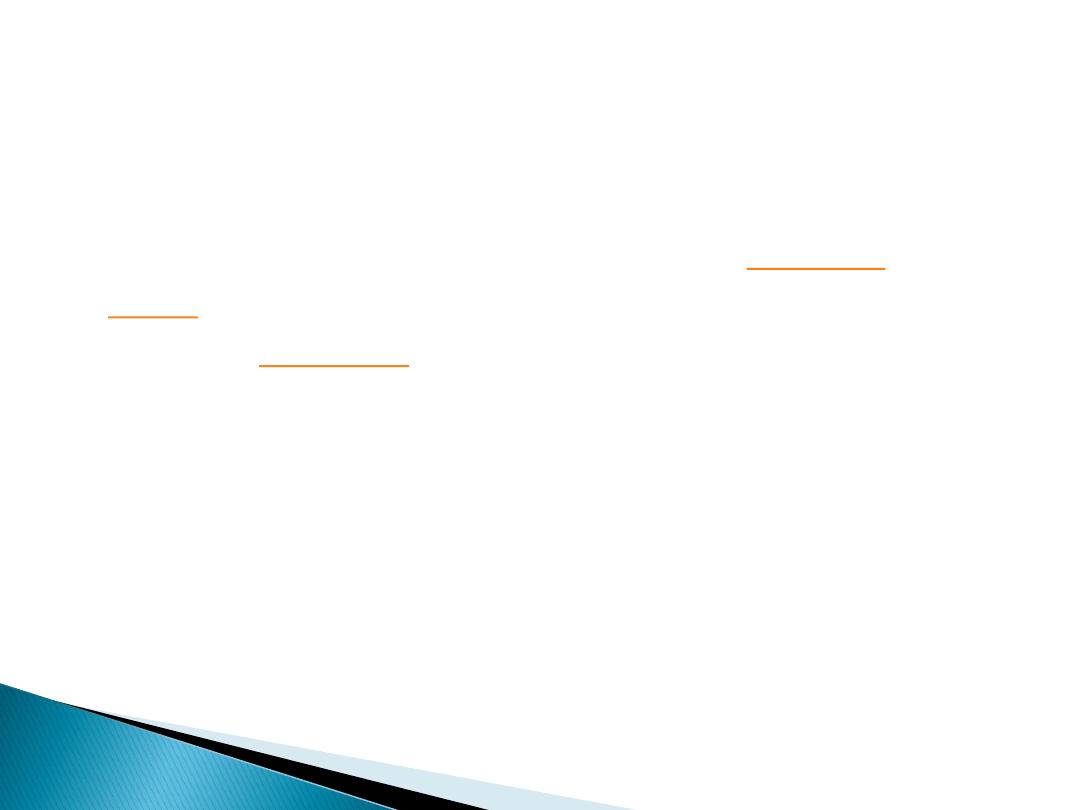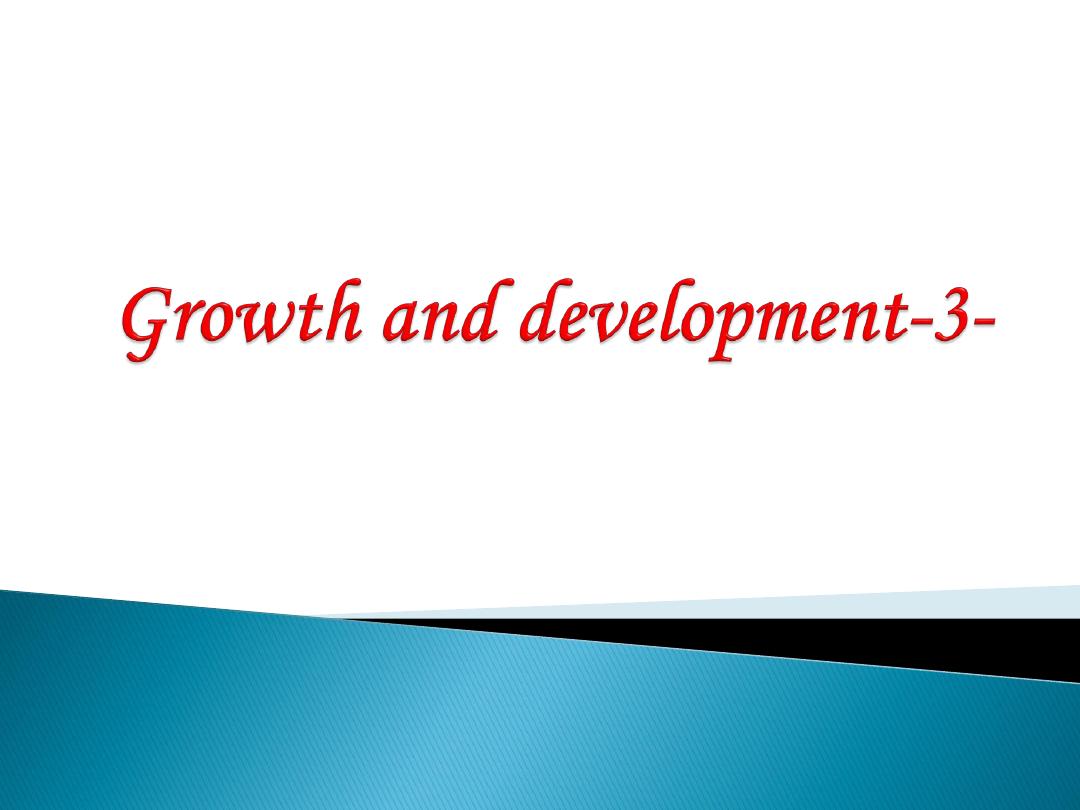
Dr.Noorjan A.M.
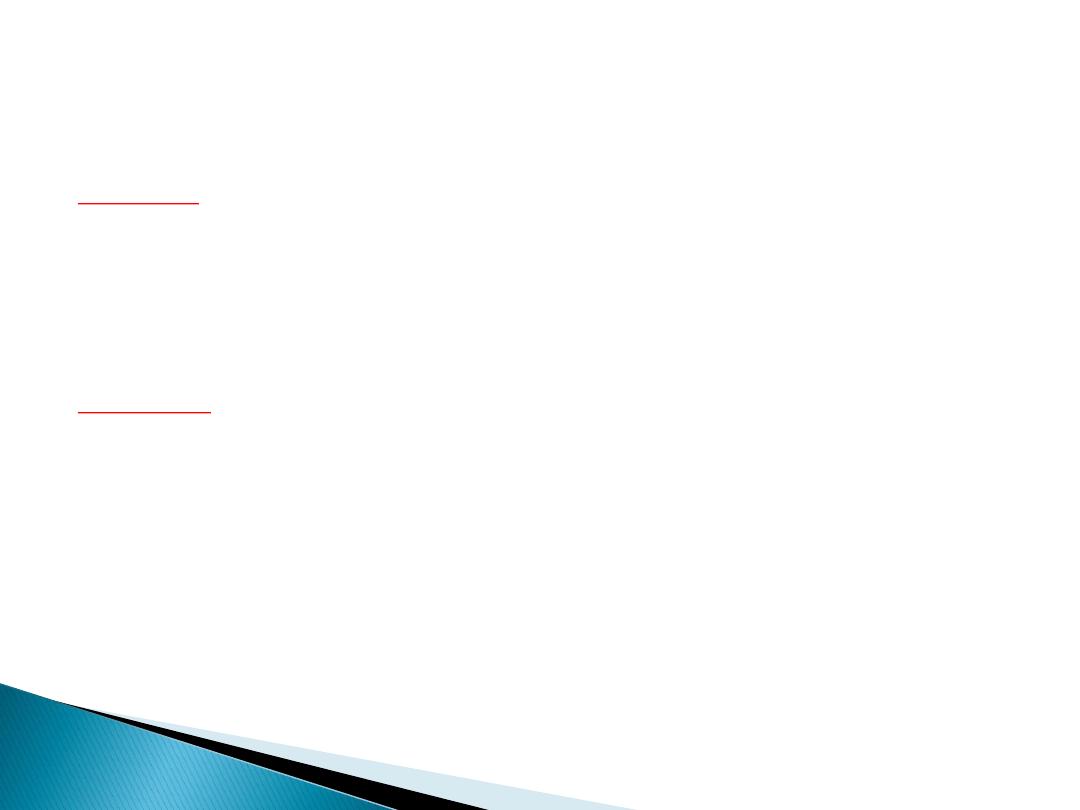
0-3month
Some head control
Fixate his eyes on face
Coos
Social smile
3-6months
Good head control
Roll over
Sit with support few minute
Palmar grasp
babbling
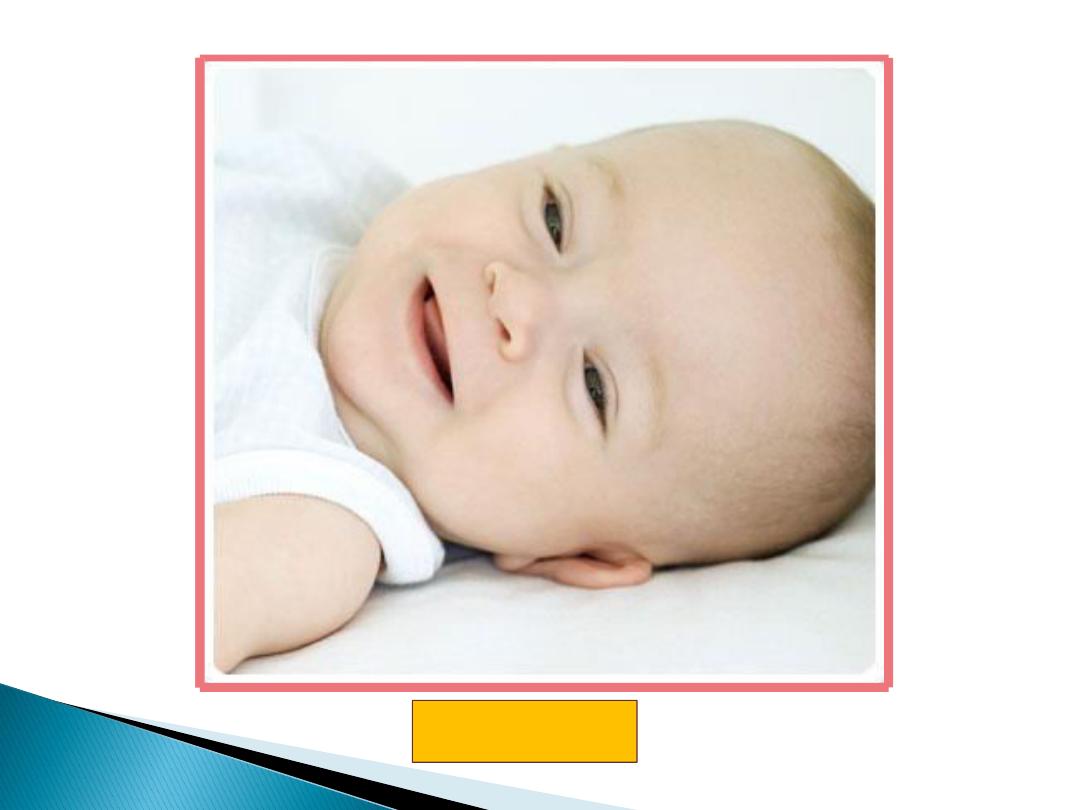
Social Smile
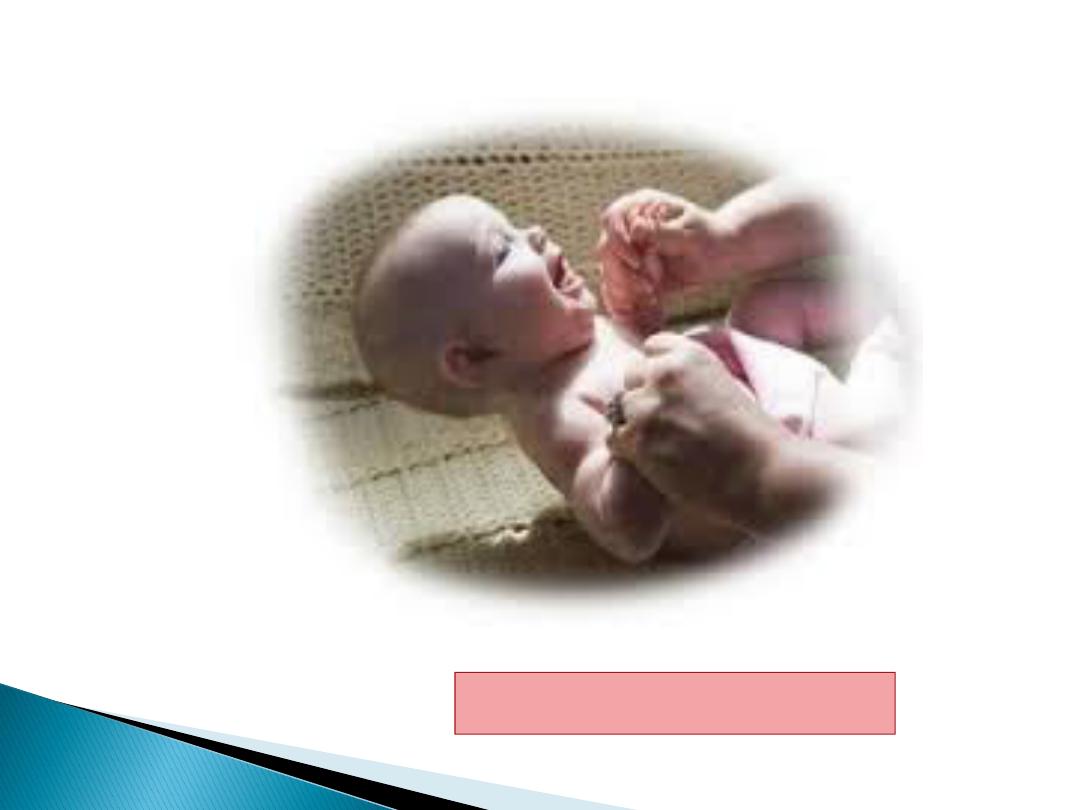
Head Control 16wks
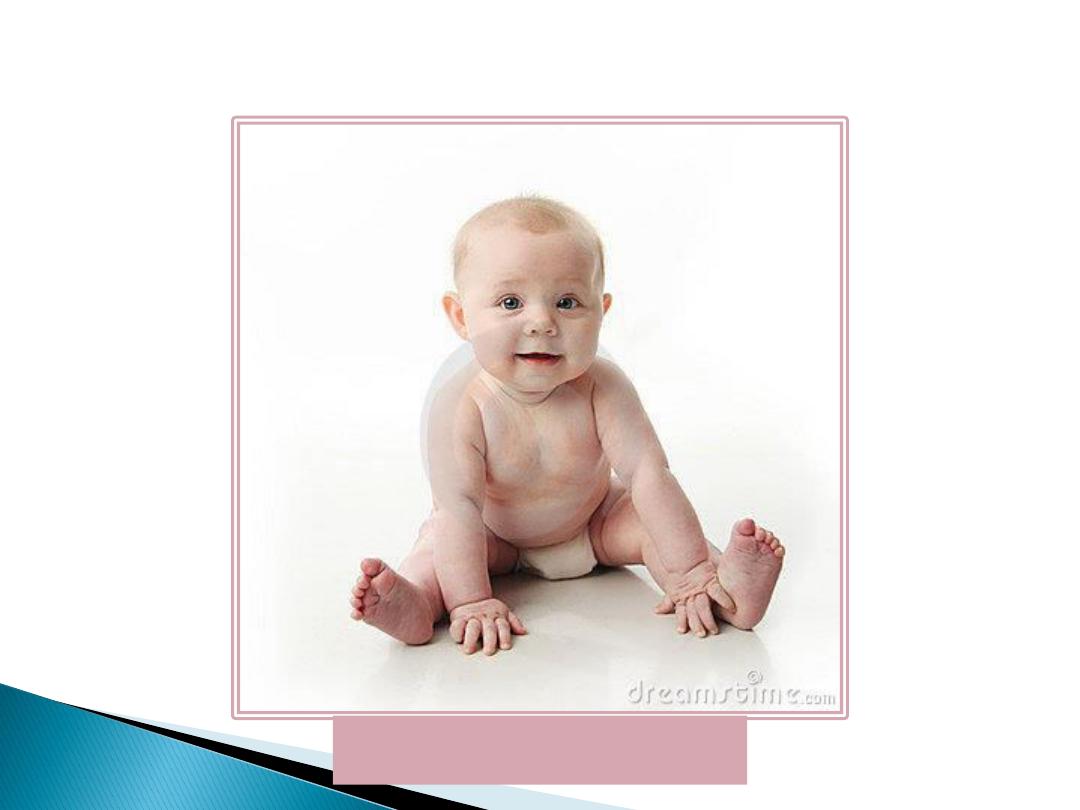
Sitting with Support
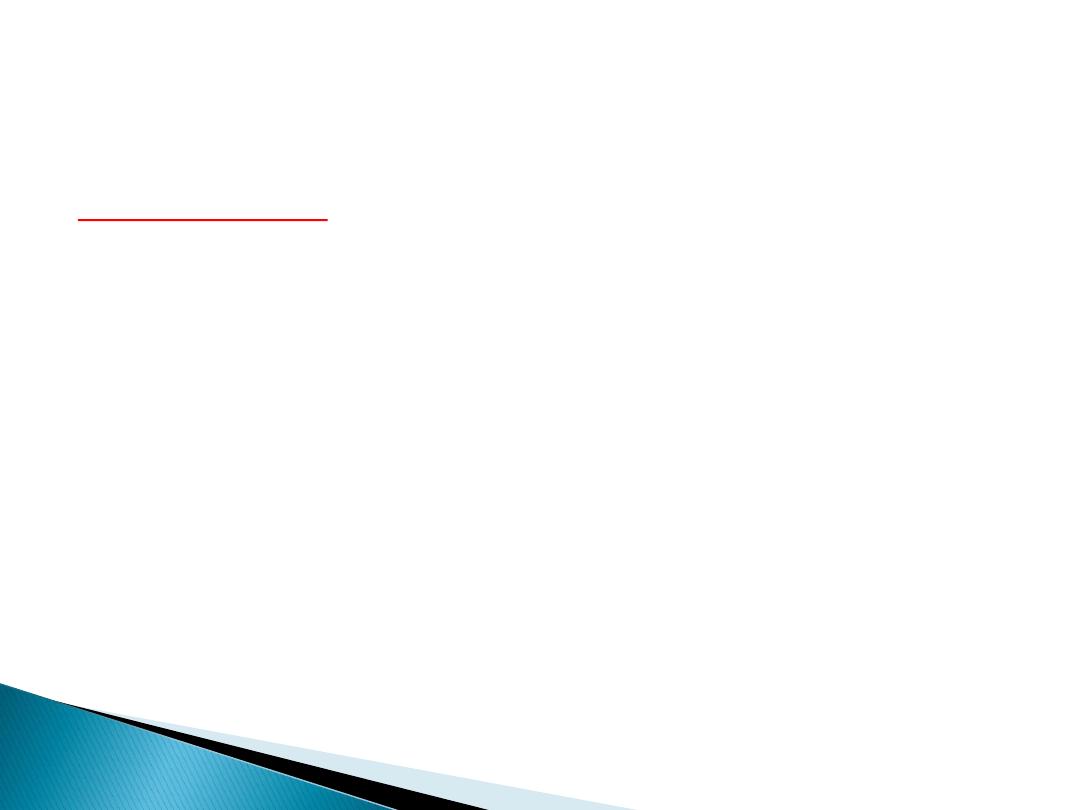
6-12months
Laugh
Sit without support
Crawling
Pincer grasp
Wave bye-bye
Club
Ba-ma-
da……baba-mama
Anexity on seperation
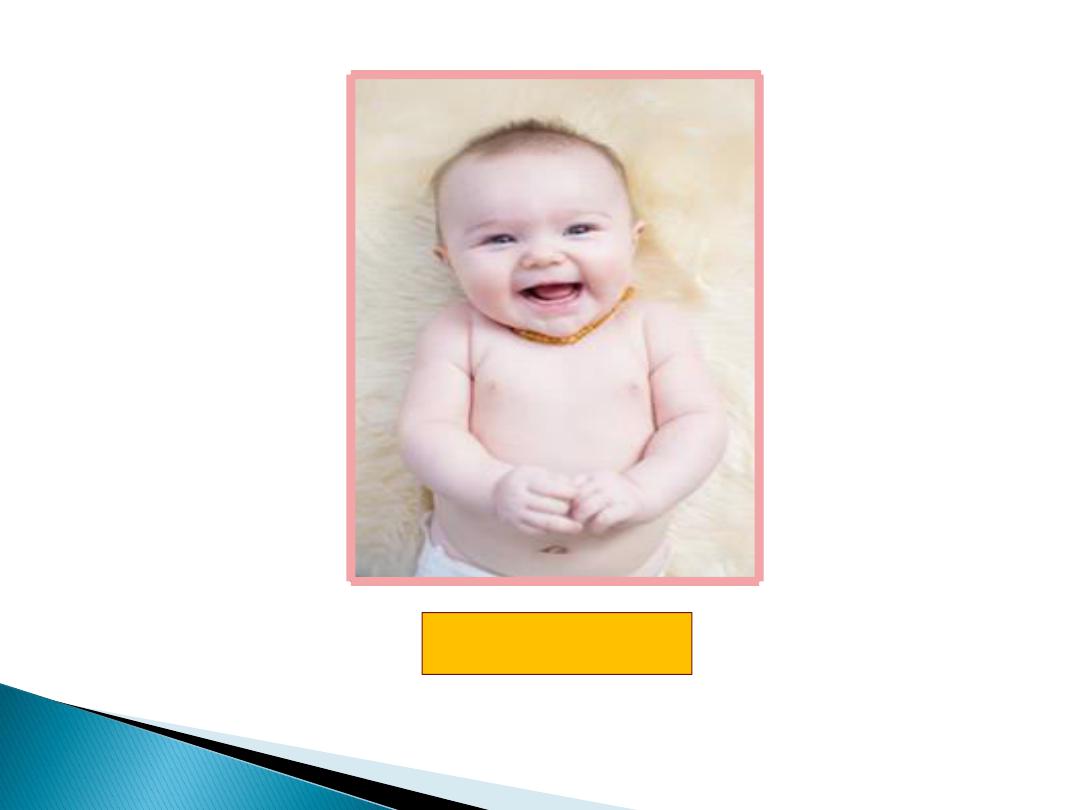
Laughing baby
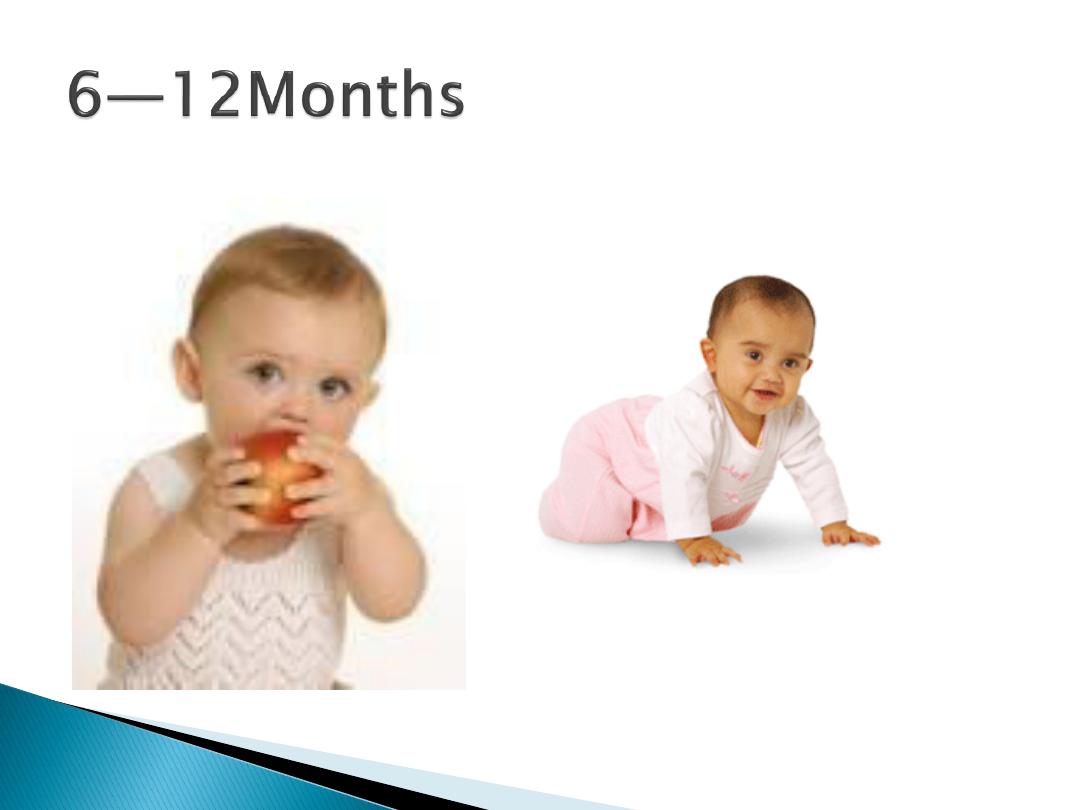
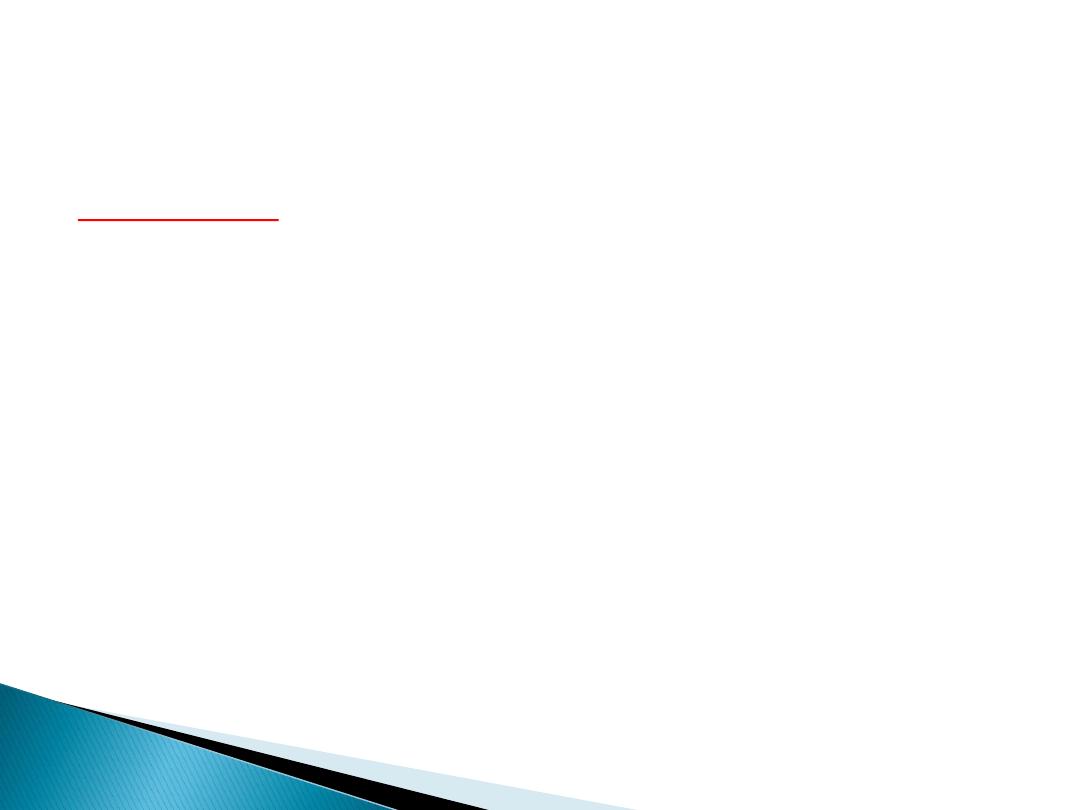
15months
Walk alone
Crawls upstair
Put 3cubes
Respond to his name
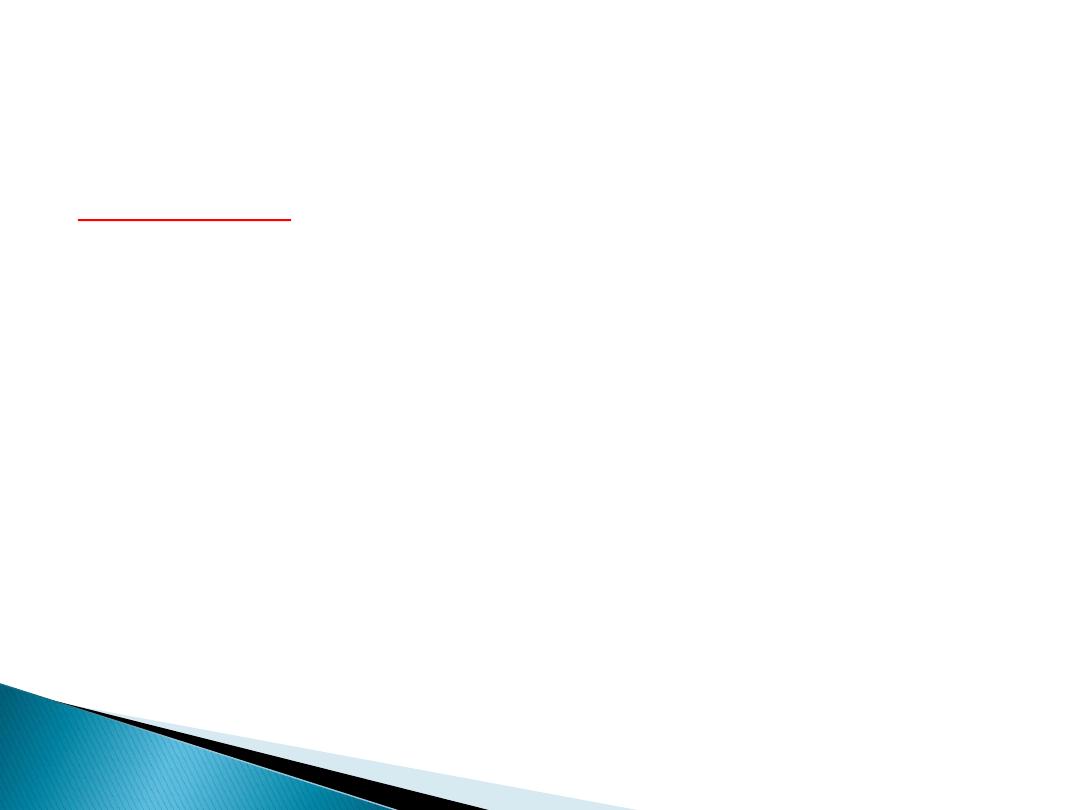
18 months
Run stiffly
Climb upstair with one hand is held
Build up3 cubes
Scribbling
Speak 10 words
Cup feeding
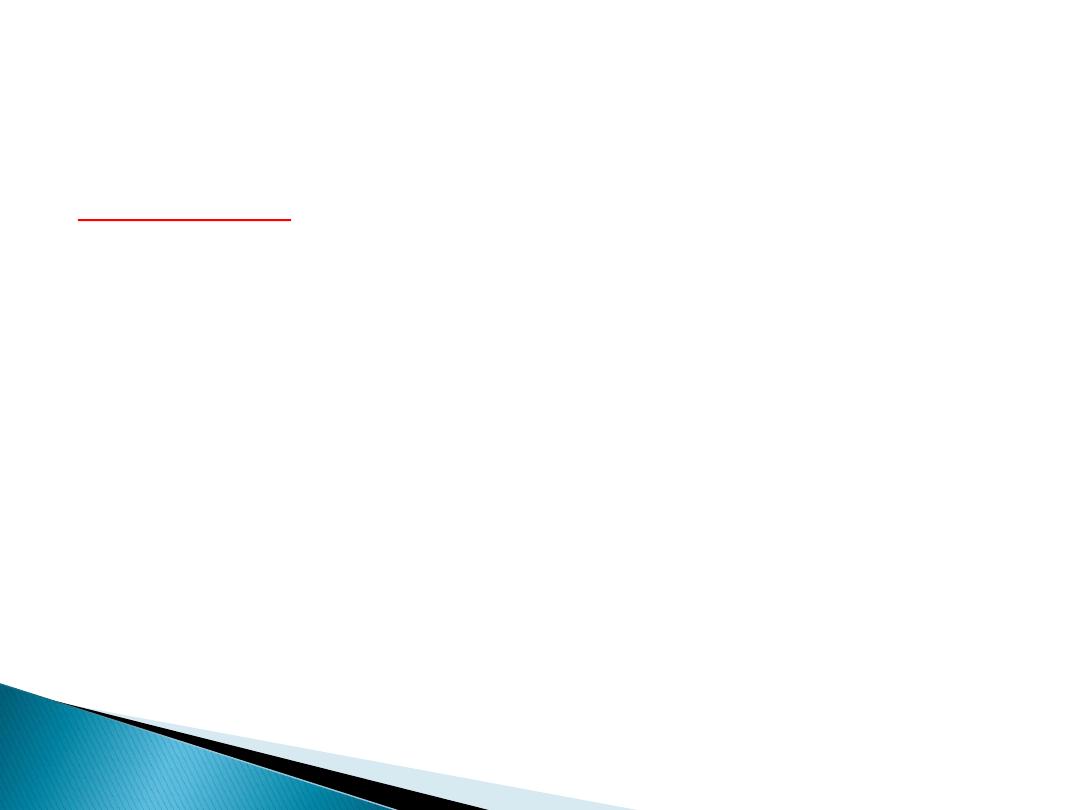
24 months
Run well
Wake up&down stair
Jump
Build up 6-8 cubes
Circular scribbling
Put 3 words together
Identify 4 parts of his body
Play solitary
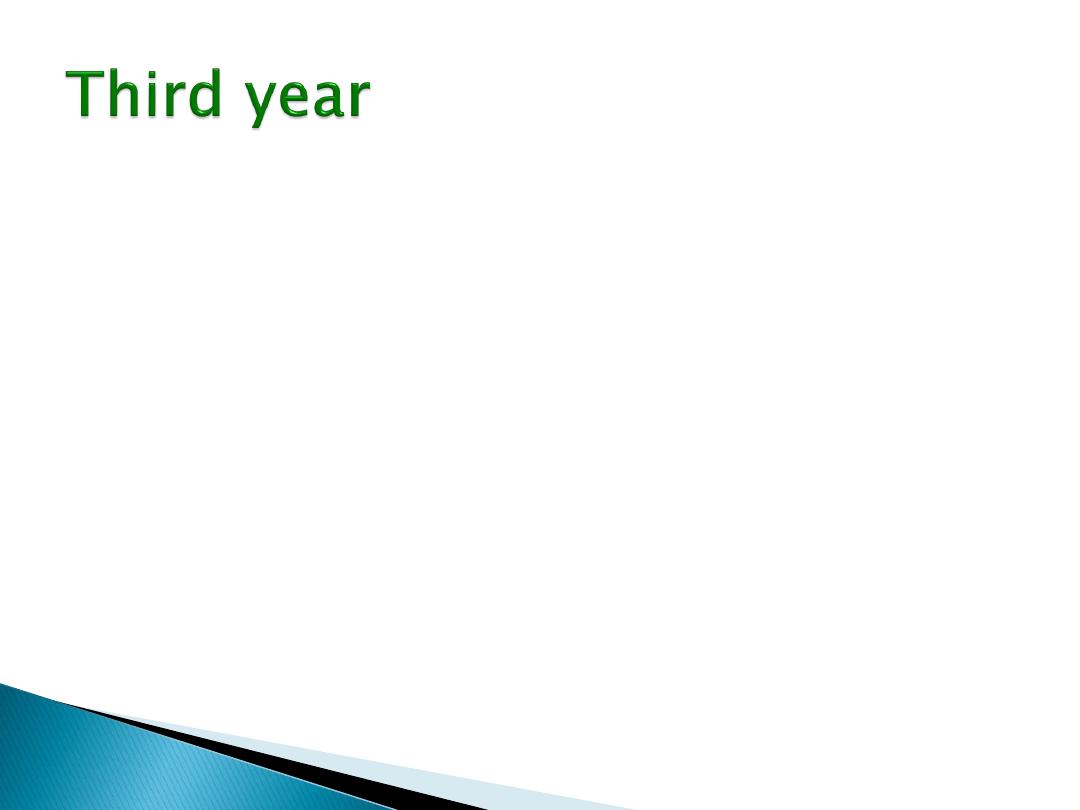
1.
Posture and movement:-
The child can goes up stairs alternating feet.
He can stands momentarily on one foot.
He can rides tricycle.
2.
Vision and fine movement:-
He can build a tower of 9-10 cubes.
At 30 month of age the child makes vertical and horizontal
strokes
At 36 month the child can copies a circle.
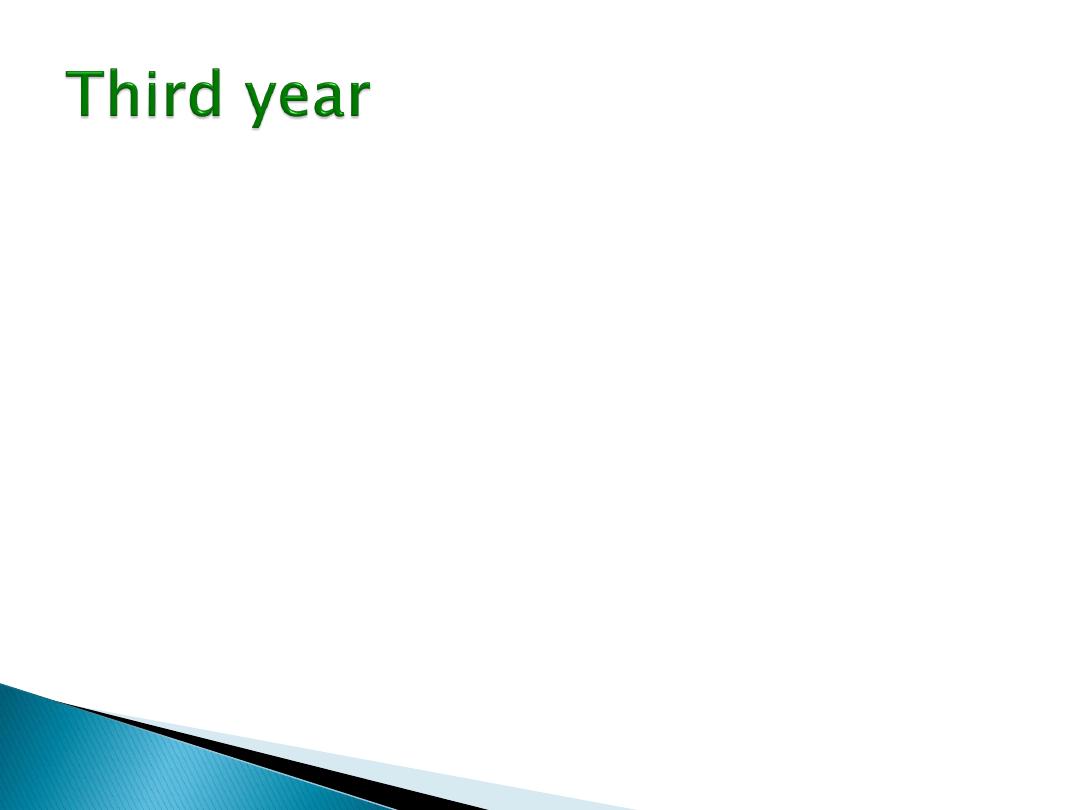
3.
Hearing and speech:-
At 30 month the child can refer to him self as I or me.
At 36 month the child knows his age and name and his sex. He
counts 3 objects correctly and he can repeat 3 numbers.
.
At 3 year child can match basic colors.
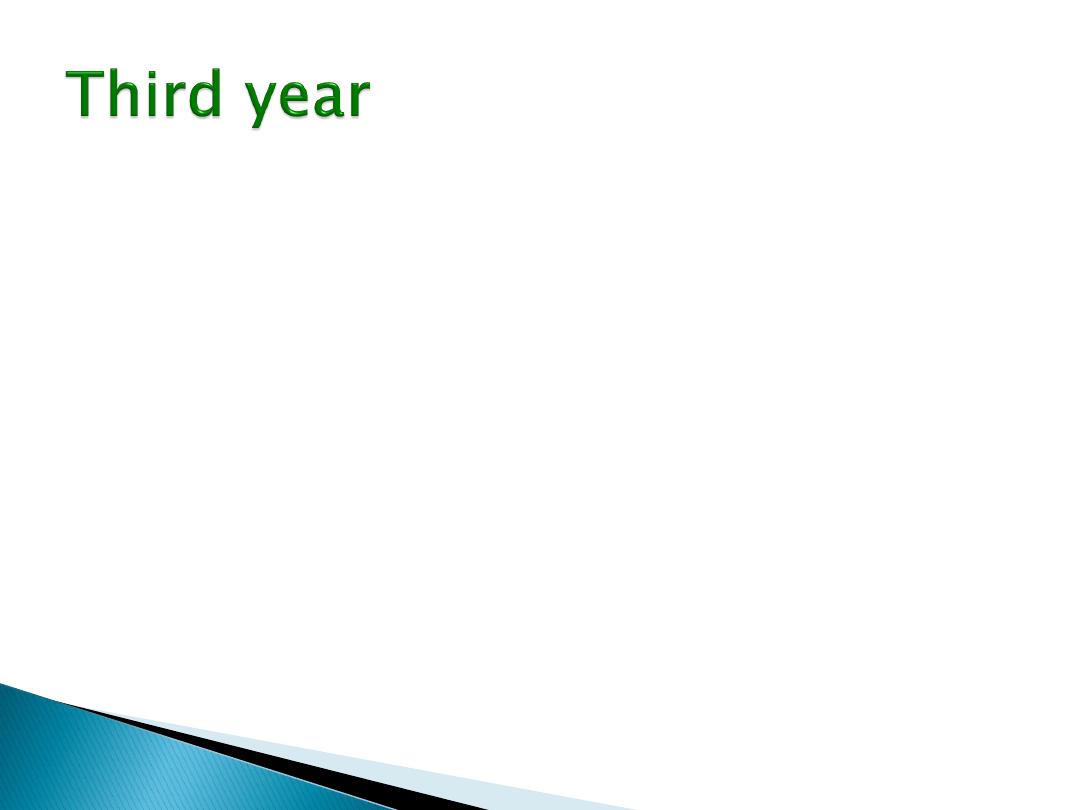
4.
Social behavior:-
The child plays simple games
He helps in Dressing .He washes hands.
He is dry and clean day and night at 3 years, while at 2.5 year he is
dry during day only.
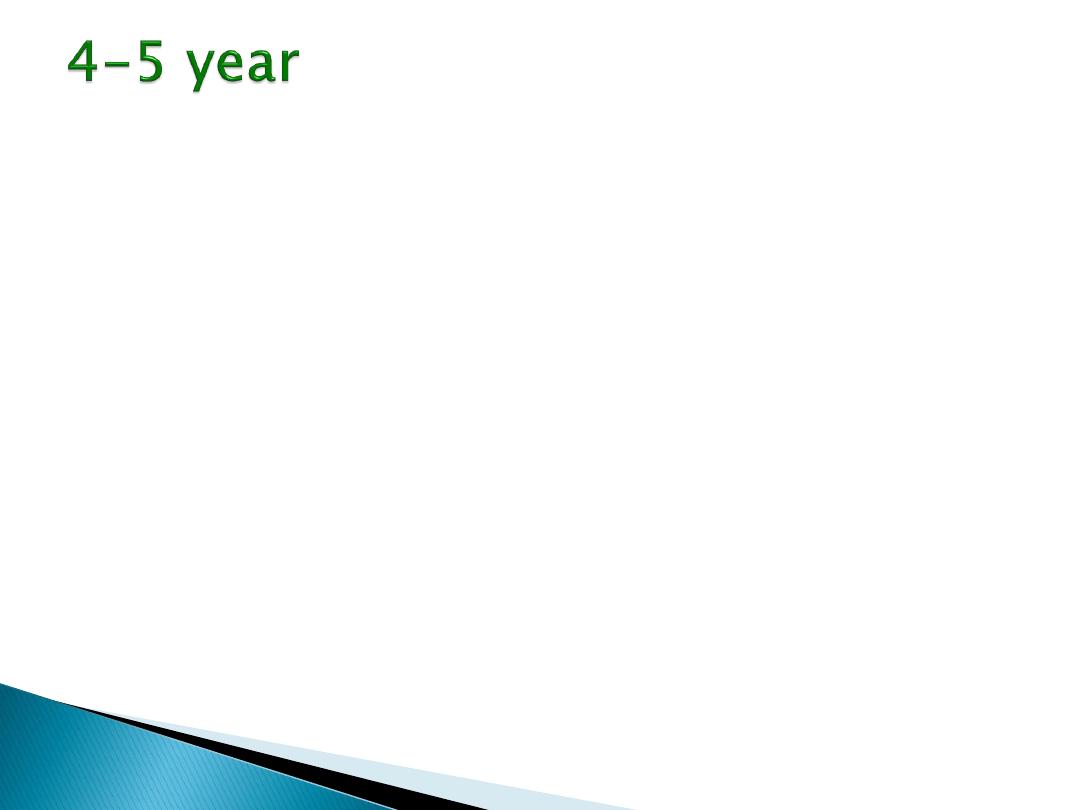
1.
Posture and movement:
Alternating foot is used to descent stairs by 4 years.
At 48 month he can hop on one foot. Throw ball over
head.
At 60 month he can skip.
2.
Vision and fine movement
:-
. At 4 years he copies cross and square. At 5 years he
draws triangle from copy.
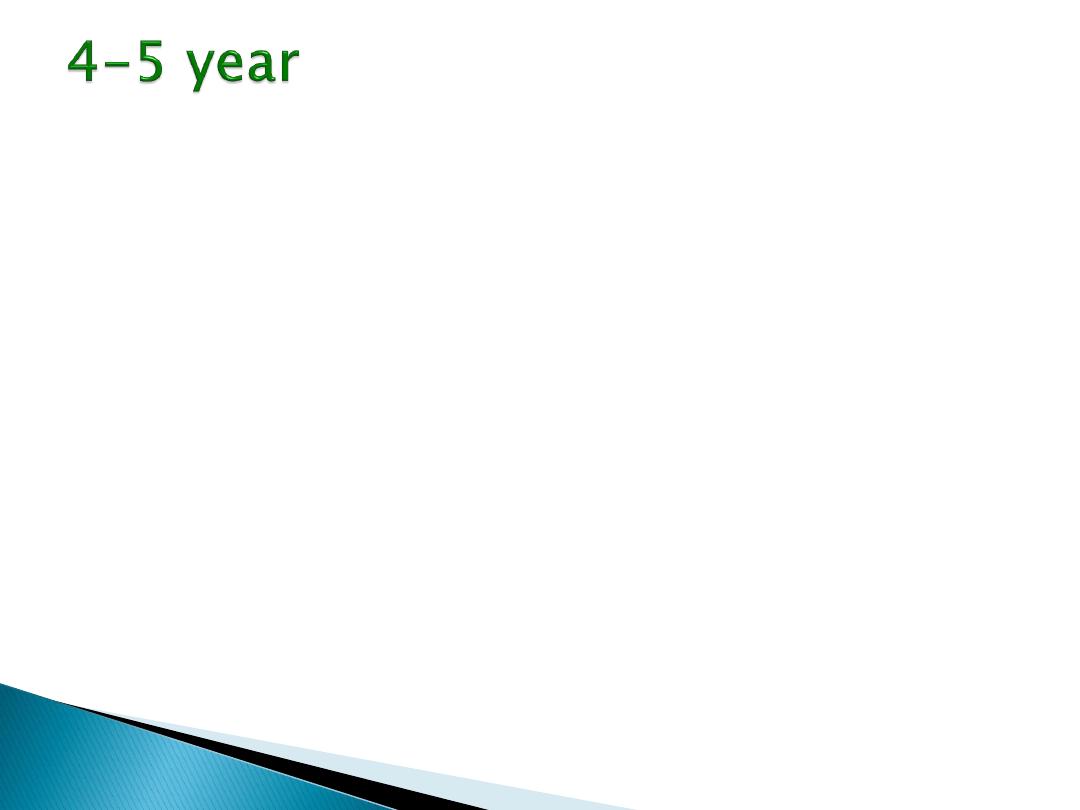
3.
Hearing and speech:-
At 48 month he tells a story.
At 60 month he names 4 colors, count 10 digits .
4.
Social behavior:
-
At 48 month he plays with other children. He goes to toilet alone.
At 60 month he dresses and undresses.
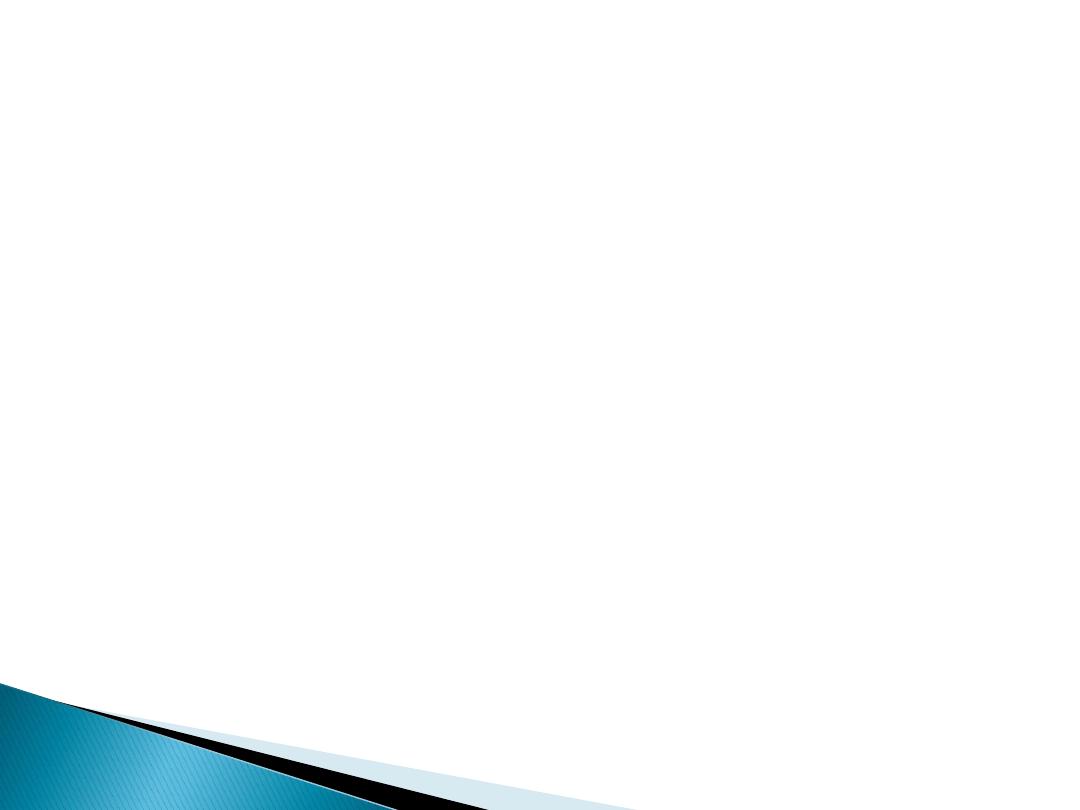
Dental maturity
The first tooth appears at 5-9 month it is the
lower central incisor then upper central incisor,
upper lateral incisor, lower lateral incisor, first
molar, canines (cuspid), second molar. During
first year total number of teeth is 6-8.
During second year total numbers of teeth 12-
16, the child completes the deciduous teeth
which are 20 in number at 2.5 years. While the
first permanent tooth appears is the first molar at
age of 6 years, when the shedding of deciduous
teeth begins.
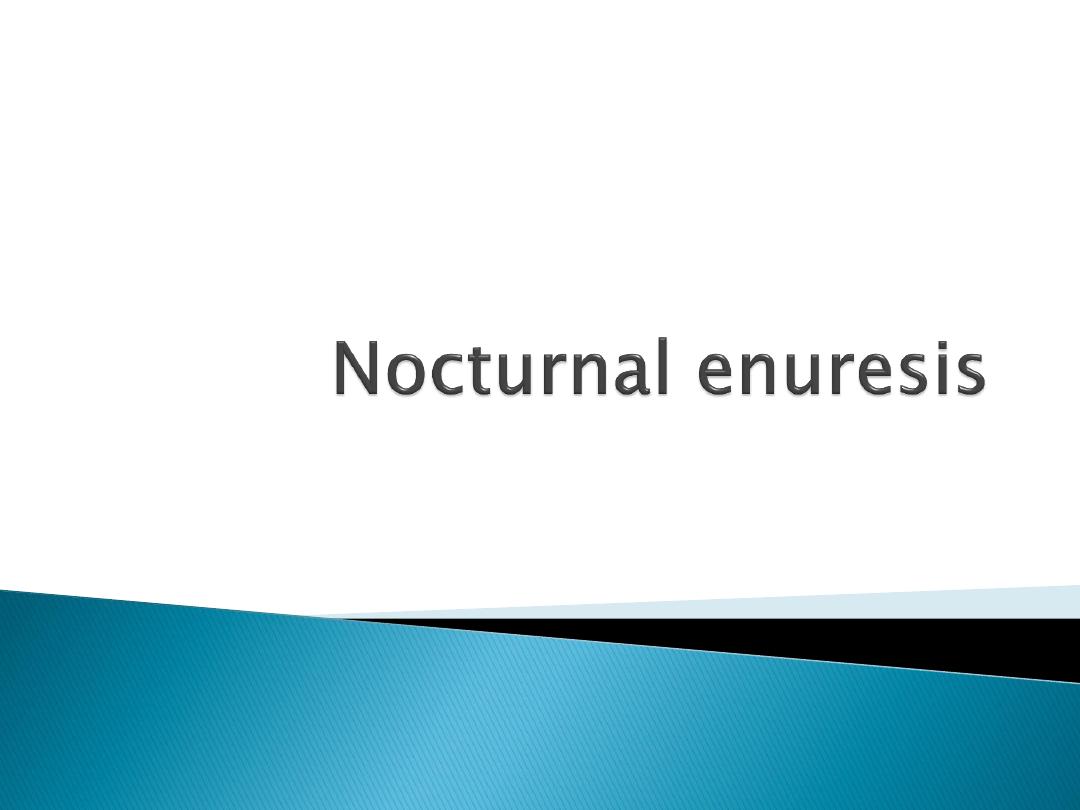
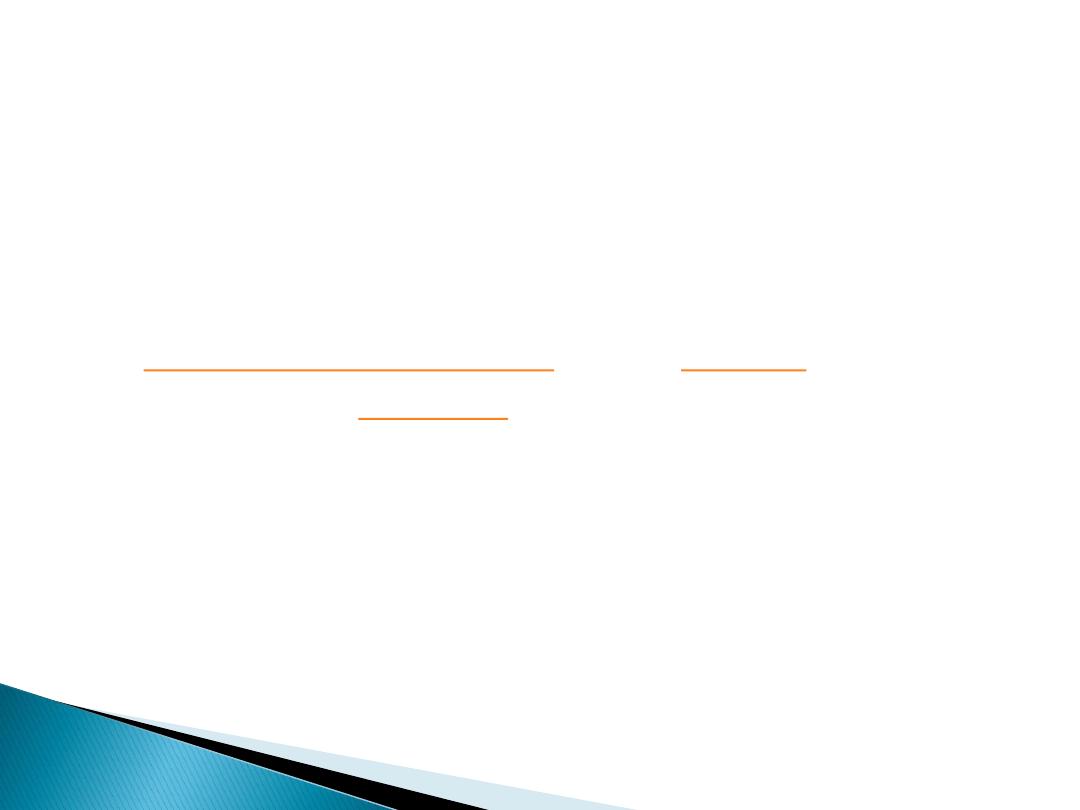
Nocturnal enuresis, also called bedwetting,
is
age at which
control usually occurs.
The condition is divided into 2 types:
primary nocturnal enuresis (PNE)
secondary nocturnal enuresis.
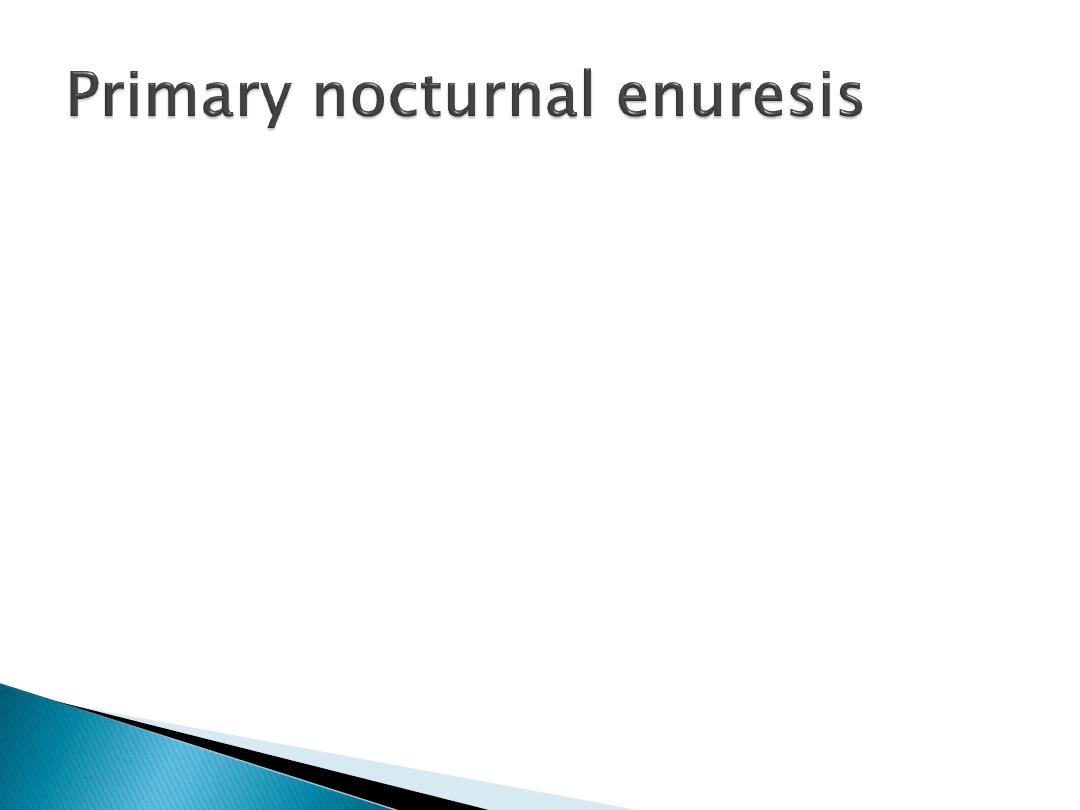
It is persistent bedwetting in the absence of
any urologic, medical or neurological
anomaly in a child beyond the age (4-5 yrs
old).
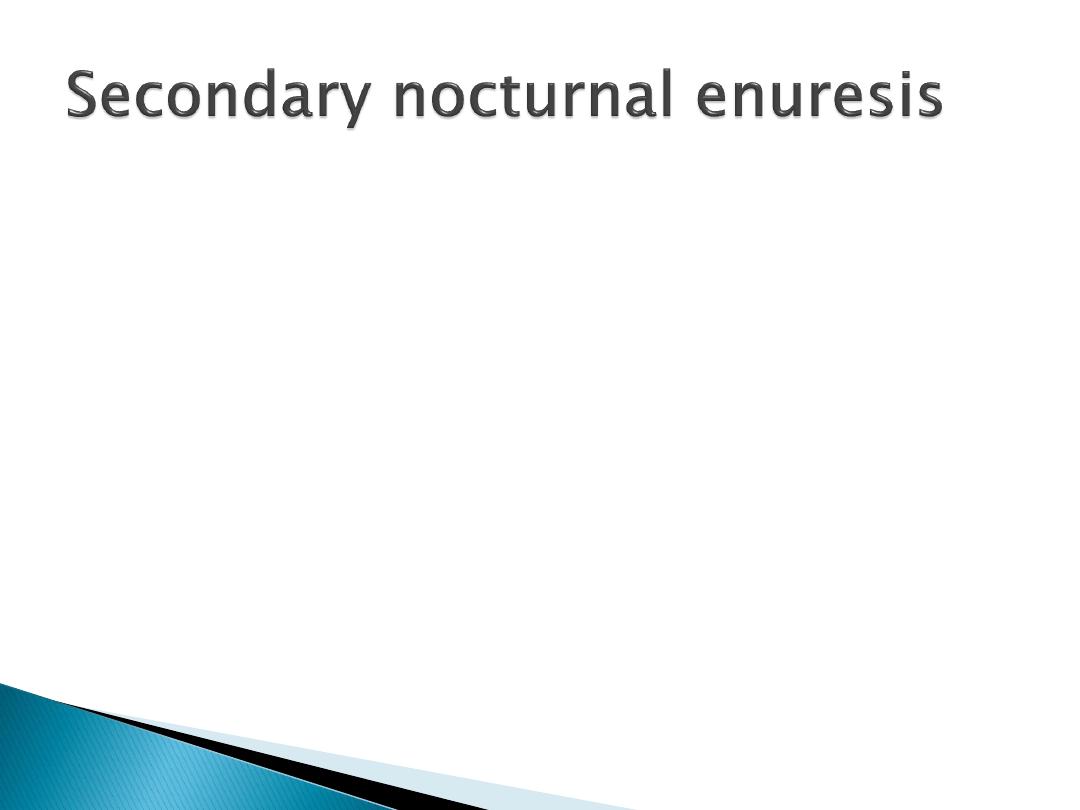
Secondary enuresis occurs
after
a patient
goes through an extended period of dryness
at night (roughly six months or more) and
then
reverts
to nighttime wetting.
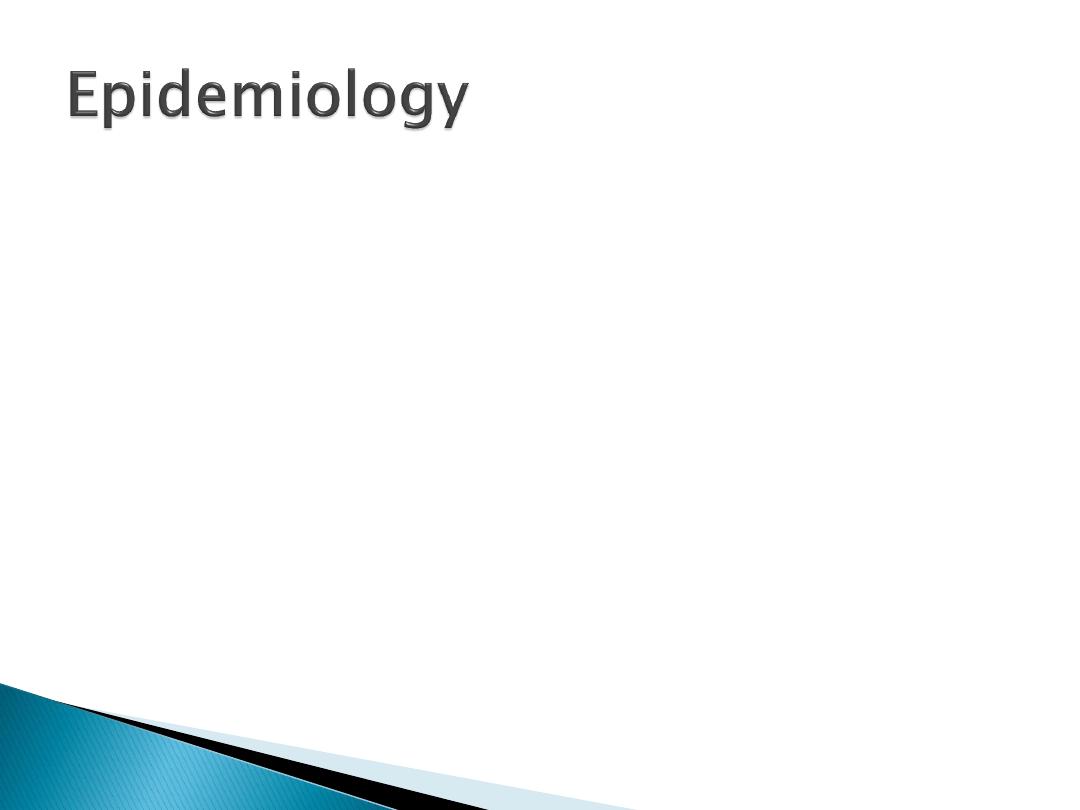
Boys are three times more likely to wet the
bed than girls
Approximate bedwetting rates are:
Age 5: 20%
Age 6: 10
–15%
Age 7: 7%
Age 10: 5%
Age 15: 1
–2%
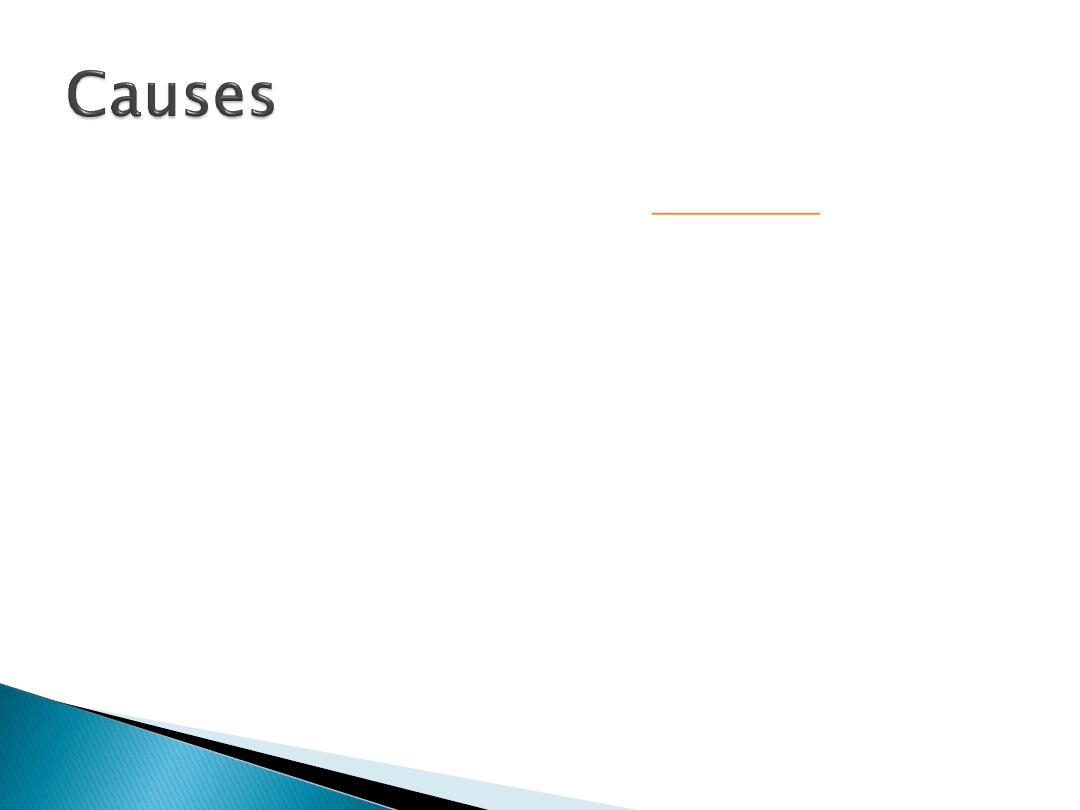
Most cases of bedwetting are
, which
has two related most common causes
Neurological-developmental delay
This is the most common cause of bedwetting. It
may be due to a nervous system that is slow to
process the feeling of a full bladder.
Genetics
Bedwetting has a strong genetic component.
Children whose parents were not enuretic have
only a 15% incidence of bedwetting. When one or
both parents were bedwetters, the rates jump to
44% and 77% respectively.
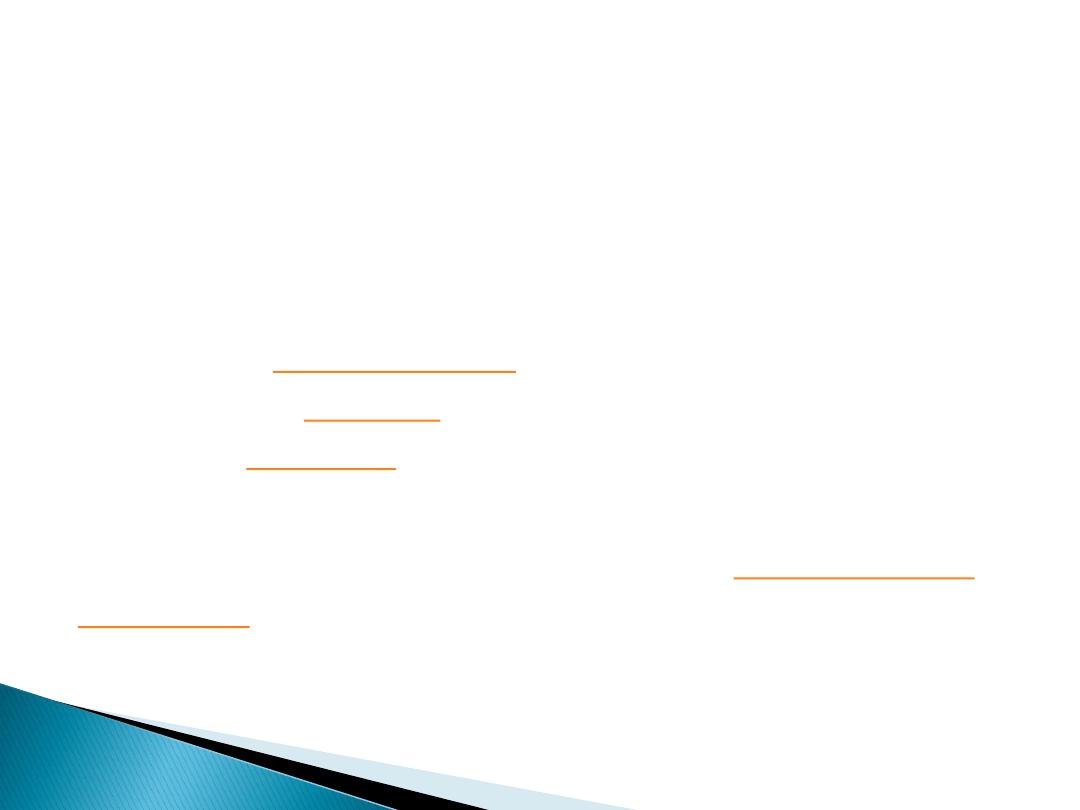
The following causes are less common, which
are strongly related to SNE-type
When the
are full, it can put pressure
.
Infection/disease
the most common of which is a
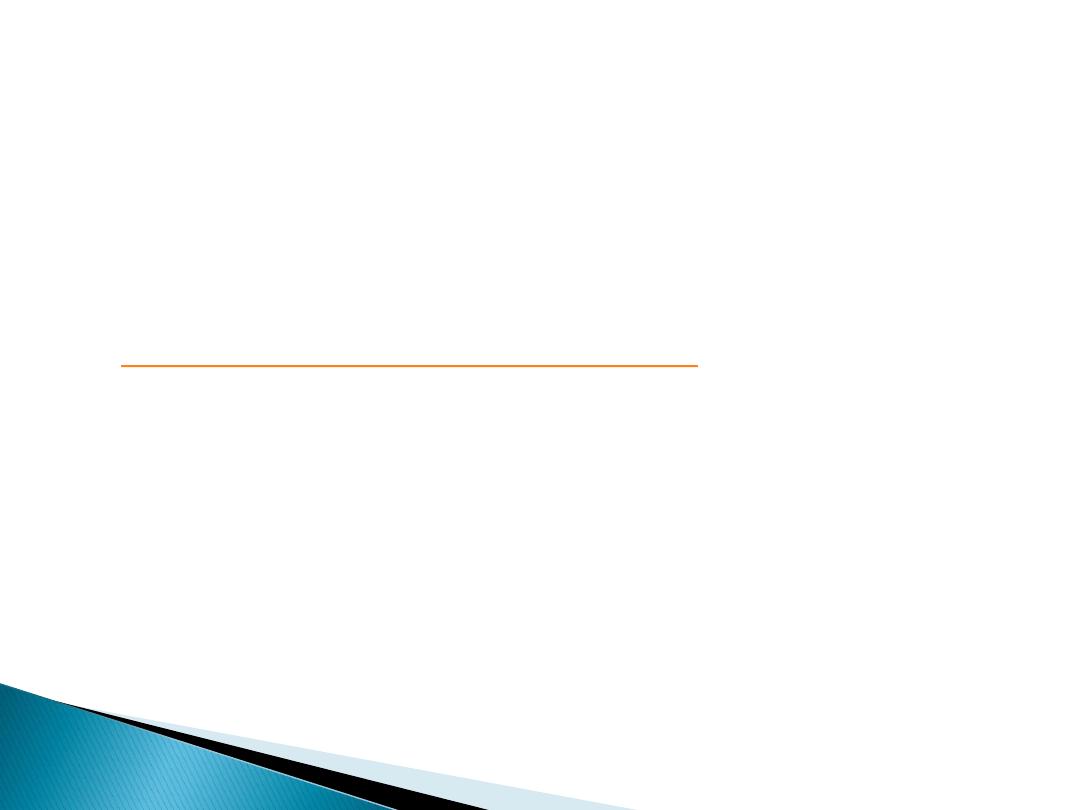
Psychological, stress
(e.g., death in the family) is well established
as a cause of returning to bedwetting
(

Type 1 Diabetes Mellitus
Nocturnal enuresis could be the presenting
symptom of
,
classically associated with polyuria,
polydipsia, and polyphagia; weight loss,
lethargy, and diaper candidiasis.
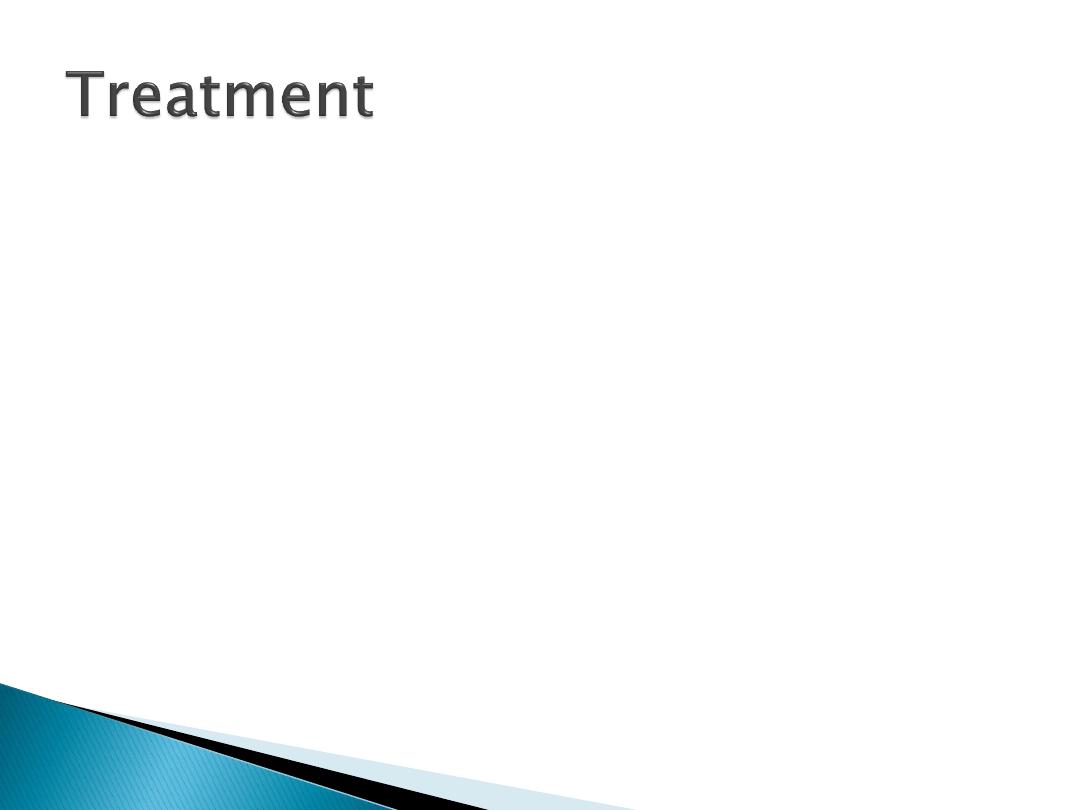
There are a number of management options
for bedwetting. The following options apply
when the bedwetting is not caused by a
specifically identifiable medical condition
Punishment is not effective and can interfere
with treatment.
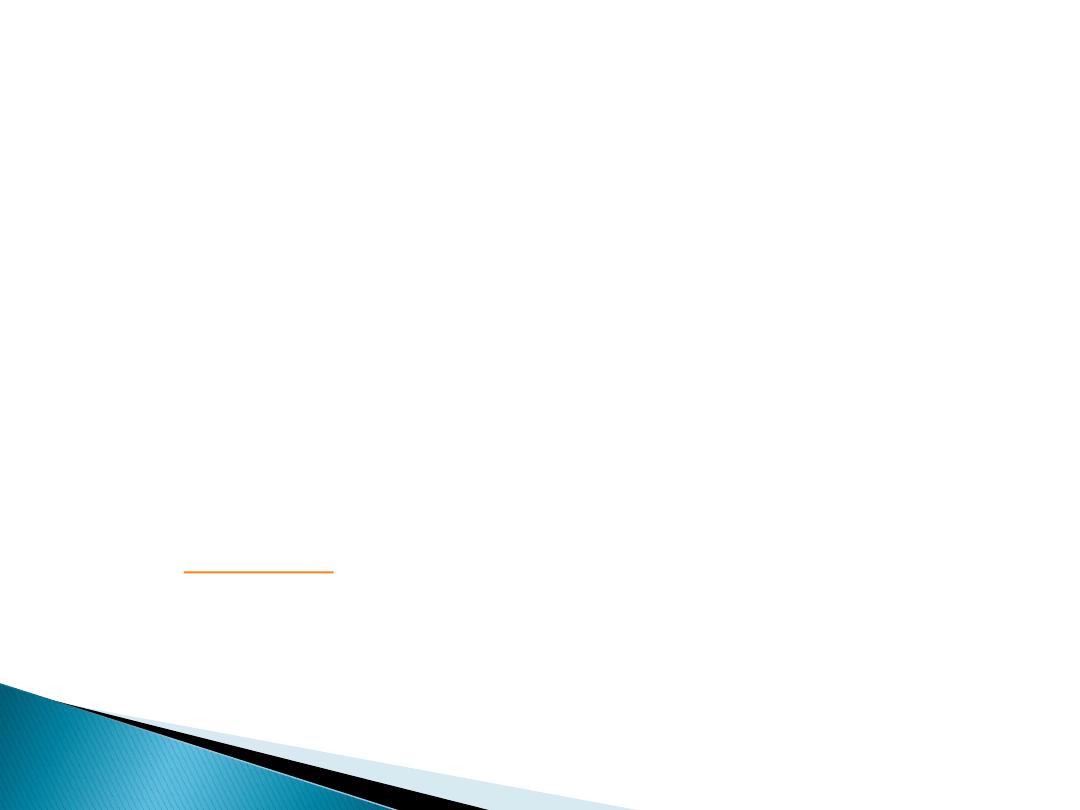
Fluids should be restricted 2 hours prior to
bed.
The child should be encouraged to empty the
bladder completely prior to going to bed
Bedwetting alarms: which sound a loud tone
when they sense moisture. This can help the
child to wake at the sensation of a
full
. These alarms are considered
effective
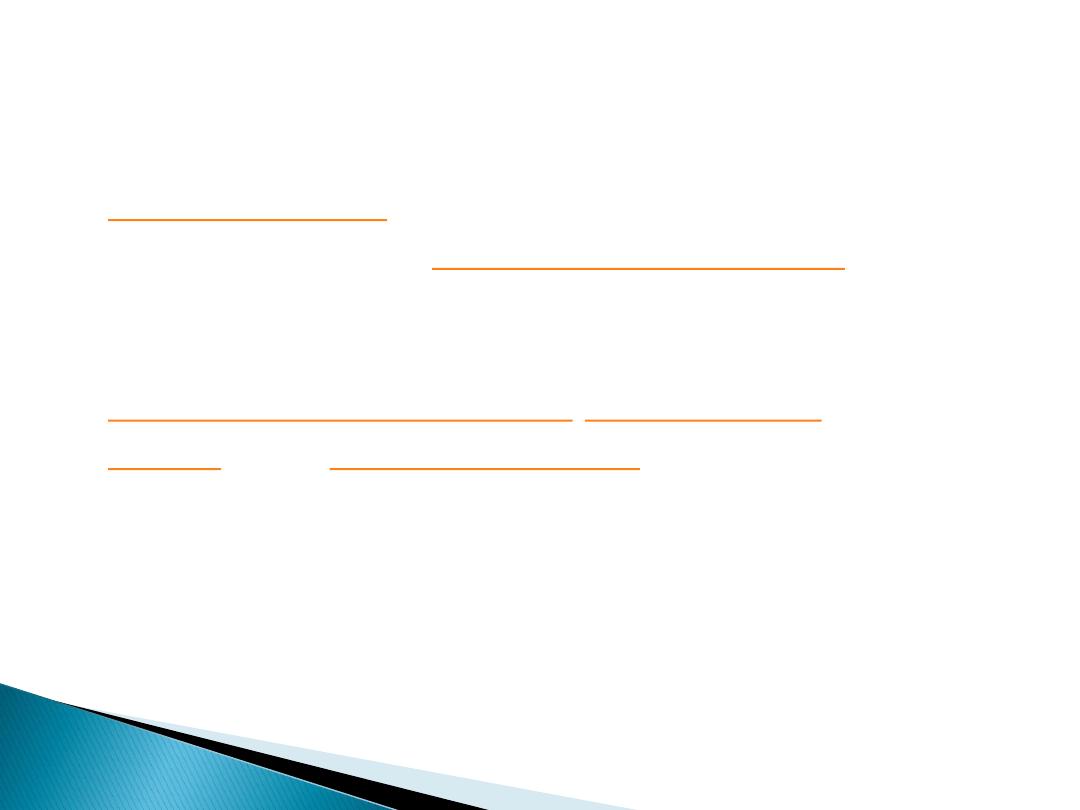
tablets are a synthetic
, the
hormone that reduces urine production
during sleep
with
properties have
been proven successful in treating
bedwetting
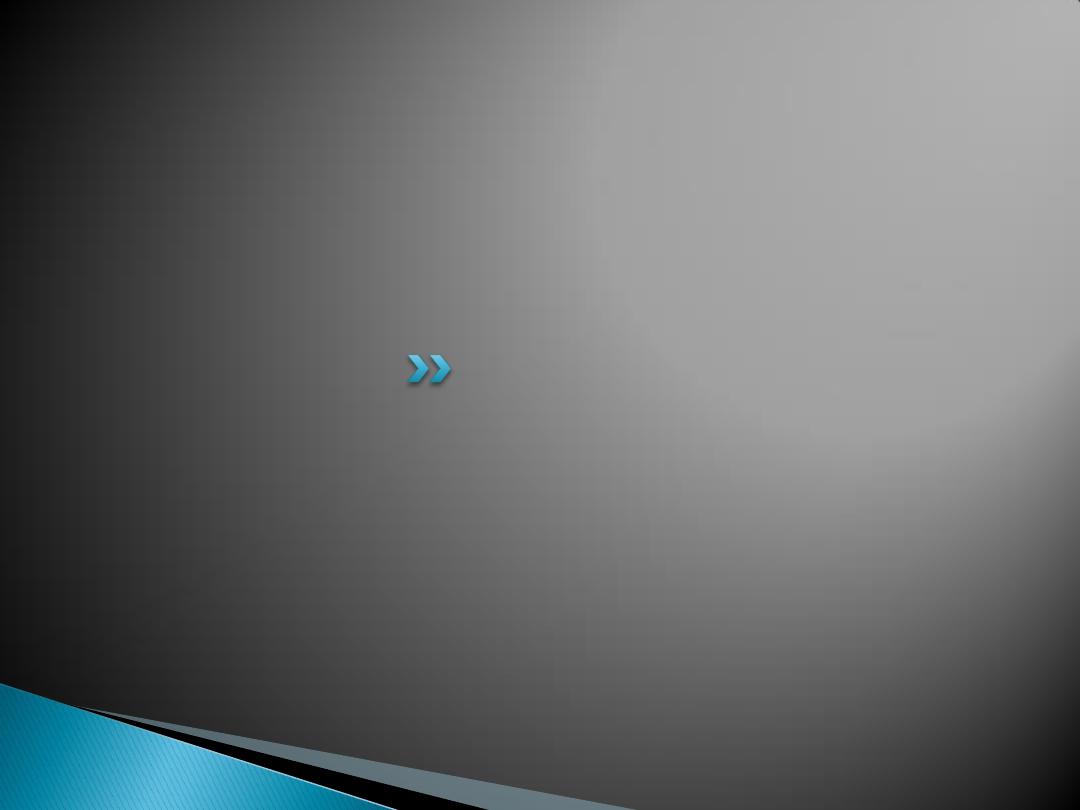
Thank You

